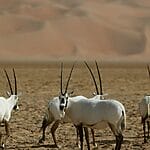As the world’s largest continent, Asia is home to an incredible amount of wildlife.

With such a diverse habitat across the land, many animals can be found throughout the mainland.
It has the Himalayas, a vast mountain range, the Eurasian Steppe, a huge grassland, deserts in the Middle East, and tropical rainforests in Southeast Asia.
We have compiled a list of some of the most notable animals that reside in Asia, all of which play a vital role in each of their respective ecosystems.
Asian Elephant
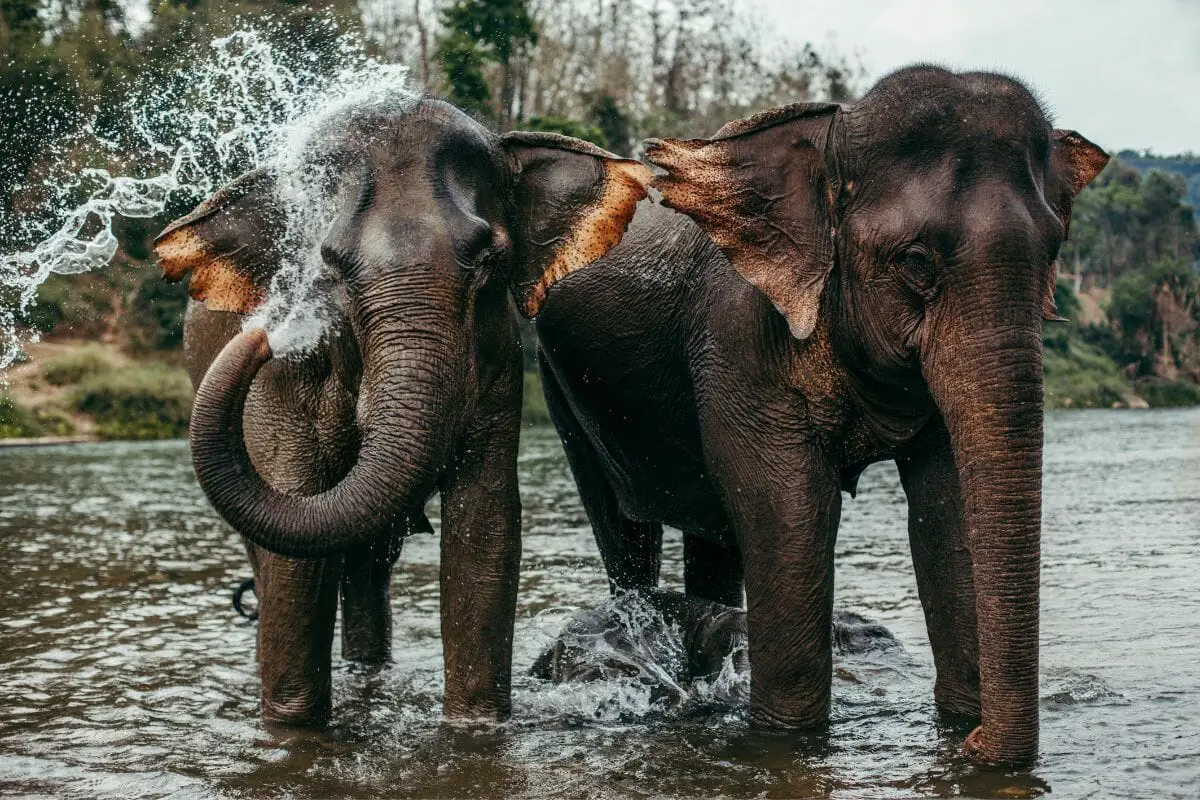
The Asian elephant is the largest land mammal found in Asia.
It inhabits the forests, shrublands, and grasslands of South and Southeast Asia, and is considered to be an endangered species.
Female Asian elephants primarily live in herds with their offspring and companions, while male Asian elephants live a more solitary life.
They are part of the Elephantidae family, along with the African bush elephant and the African forest elephant.
Unlike African elephants, the female Asian elephant doesn’t have tusks.
The Asian elephant typically lives from 60 to 70 years, however, they are currently endangered due to habitat loss and poaching.
Males are targeted for their ivory tusks, and both males and females are poached for traditional Asian medicine.
Burmese Python
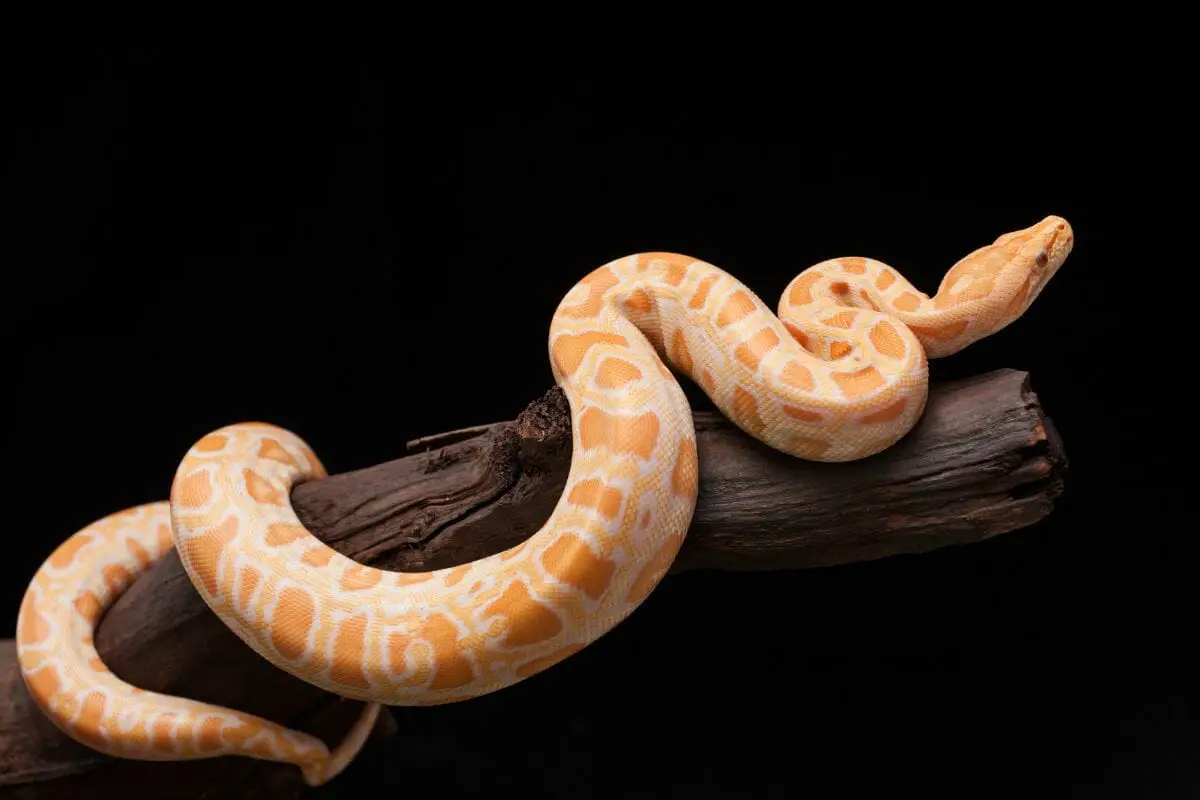
Found in the rainforests and mangroves of Southeast Asia, the Burmese python is the largest snake that lives in these habitats.
They are currently a vulnerable species.
The Burmese python can reach almost 19 feet in length, some growing even longer, and is one of the heaviest snakes in the world along with the green anaconda.
They are non-venomous snakes, much like other pythons, and ensnare their prey using constriction.
They are mostly active during the day and are proven to be capable climbers and swimmers.
Red Panda
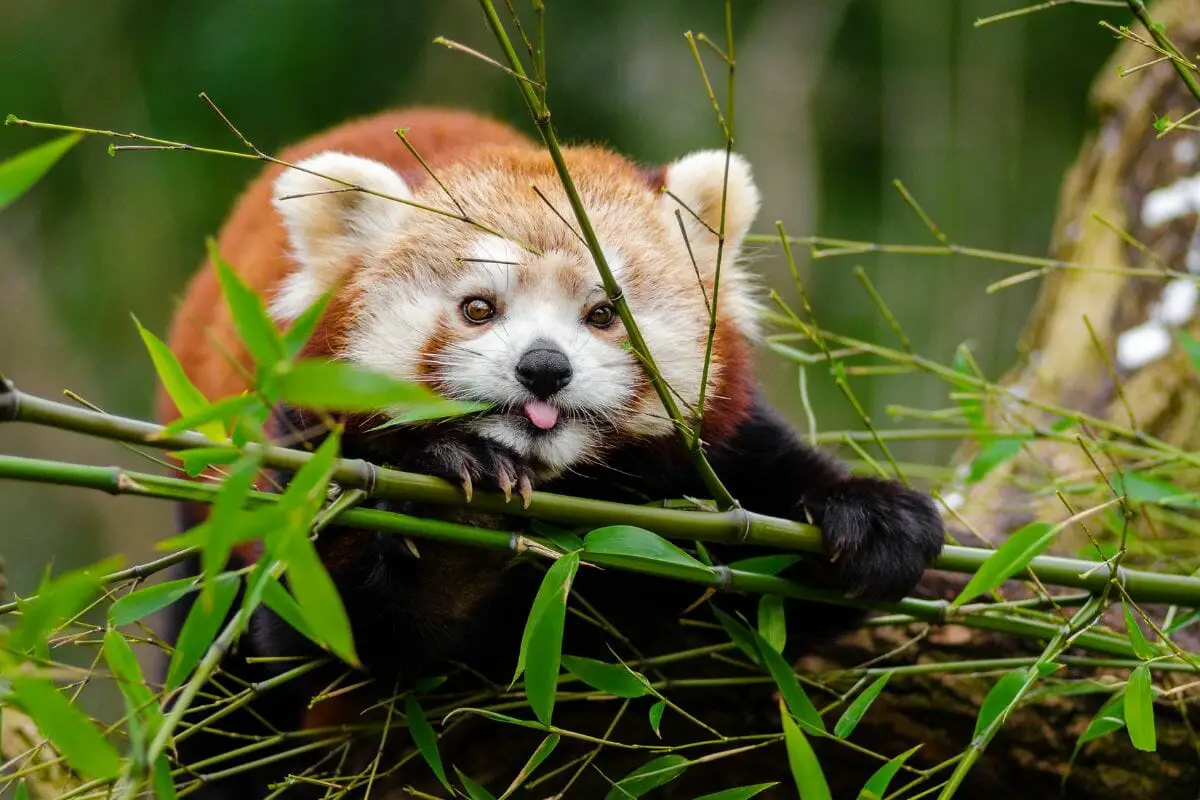
Surprisingly, the red panda is not related to the giant panda, nor is it a member of the bear family.
Its closest relative is the raccoon, and it is now the only living member of the Ailuridae family. Its current conservation status is endangered.
While it is not related to the giant panda, despite its name, the red panda does share some similarities with it.
Its diet consists mainly of bamboo and tough grass, for which they have adapted an extended wrist bone, also known as a false thumb.
They are tree-dwelling mammals native to the forests of the Eastern Himalayas and have also been seen in Bhutan, China, Myanmar, Nepal, and India.
Outside of the mating season, they are solitary animals.
This species is endangered due to deforestation caused by expanding human settlements and crop plantations. Only 9,000 red pandas remain in the wild.
Komodo Dragon
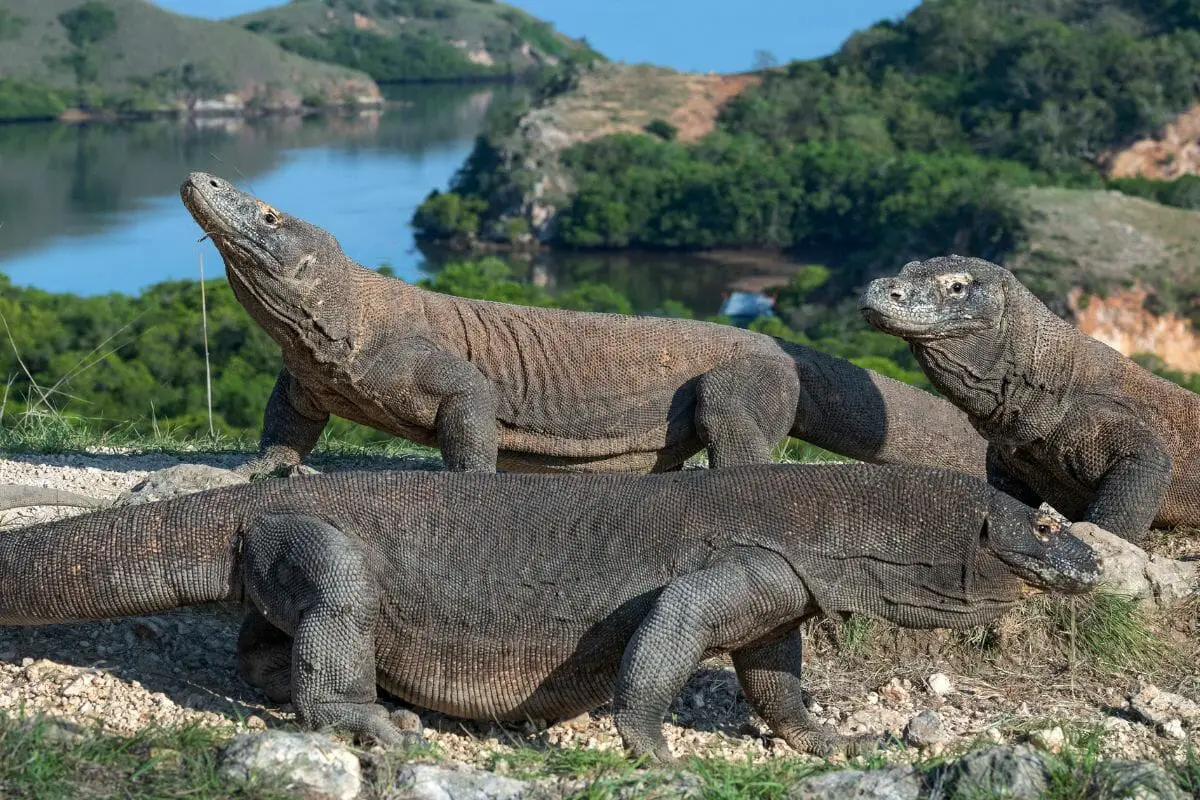
The Komodo dragon is found on only four islands in Indonesia – Komodo, Rinca, Flore, and Gili Motang.
They are a part of the lizard family and are the world’s largest species of its kind, reaching up to 10 feet in length and weighing up to 155 pounds.
Komodo dragons are carnivores, surviving on a variety of prey, such as deer, boar, and even other Komodo dragons.
It hunts using its incredibly powerful tail as a weapon and also uses its tail for competing against other males for females while defending its territory.
They are found in forest and savanna habitats on their four Indonesian islands and are severely endangered.
They risk extinction due to climate change and the expansion of agriculture across their habitat.
Giant Panda
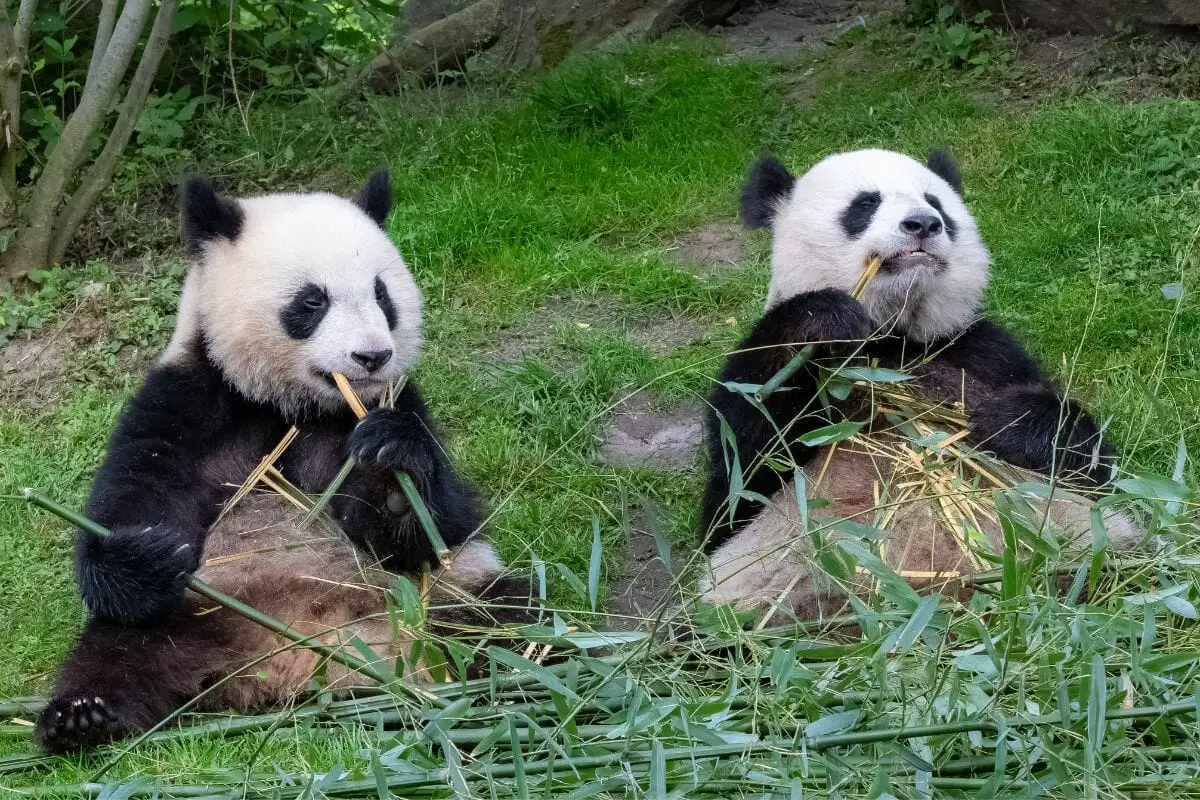
Known as one of the most iconic animals of Asia, the giant panda is famous across the world.
Its conservation status is currently vulnerable to endangerment.
Despite being a part of the carnivorous bear family, the giant panda is a herbivore, surviving on a diet that consists primarily of bamboo.
It can consume up to 30 pounds of bamboo in just one day but derives very little nutritional value from it.
This means that the giant panda needs to limit its energy expenditure throughout the day, conserving it just to eat more bamboo.
They are found in temperate forests of Southwestern China and reside high up on mountainous land.
Due to conservation efforts, the giant panda’s status was changed from “endangered” to “vulnerable”.
Japanese Macaque

Widely known as the snow monkey, the Japanese macaque can be found in the cold, mountainous regions of Japan.
They are the only primate to live in such a cold climate, with their habitat being covered in thick snow for most of the year.
The Japanese macaque has thick fur that means they can survive in temperatures below freezing.
They also have distinctive pink faces, which indicates their age – the redder the face, the older they are.
The population of this primate is currently stable on three of the five main islands of Japan.
They are famous at the Jigokudani Monkey Park in Nagano for bathing communally in the park’s hot springs.
Snow Leopard

The mountainous, snow-covered habitats of Central and South Asia are home to the snow leopard, a species of wild cat that is currently vulnerable to being endangered.
Unlike other species of wild cats, such as the tiger, lion, and jaguar, the snow leopard is unable to roar.
However, it can jump further and higher than any other feline, leaping a distance of almost 50 feet, and jumping as high as 20 feet off of the ground.
The snow leopard has a thick, white-gray coat that’s used for camouflage and insulation in harsh climates.
Along with its large paws, the snow leopard has adapted to live and hunt on barren, snowy mountains. They feed carnivorously on sheep, goats, and deer.
Due to the snow leopard’s shy and solitary nature, it has been hard for researchers to estimate their population size.
There are thought to be 3,000 of the species left in the wild.
Conclusion
Due to the expansion of human settlements, climate change, and deforestation, many animals that live in Asia are endangered and are at risk of extinction.
The continent has a rich and diverse ecosystem with some stunning native animals, from beautiful big cats to huge snakes.
These are just a few examples of what you can find across the Asian mainland.







